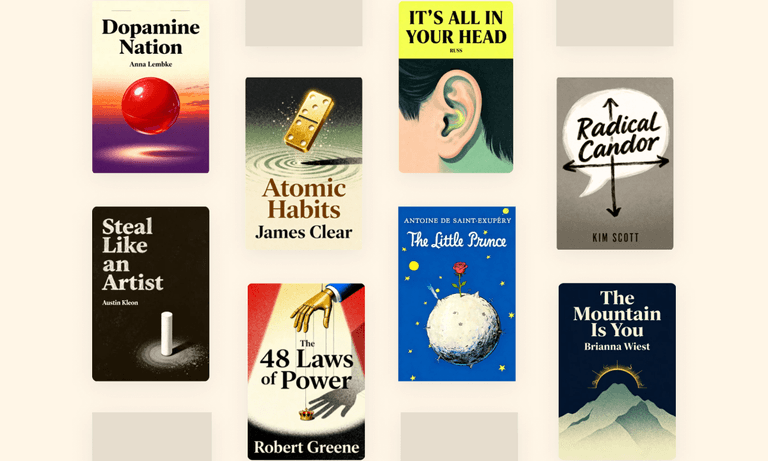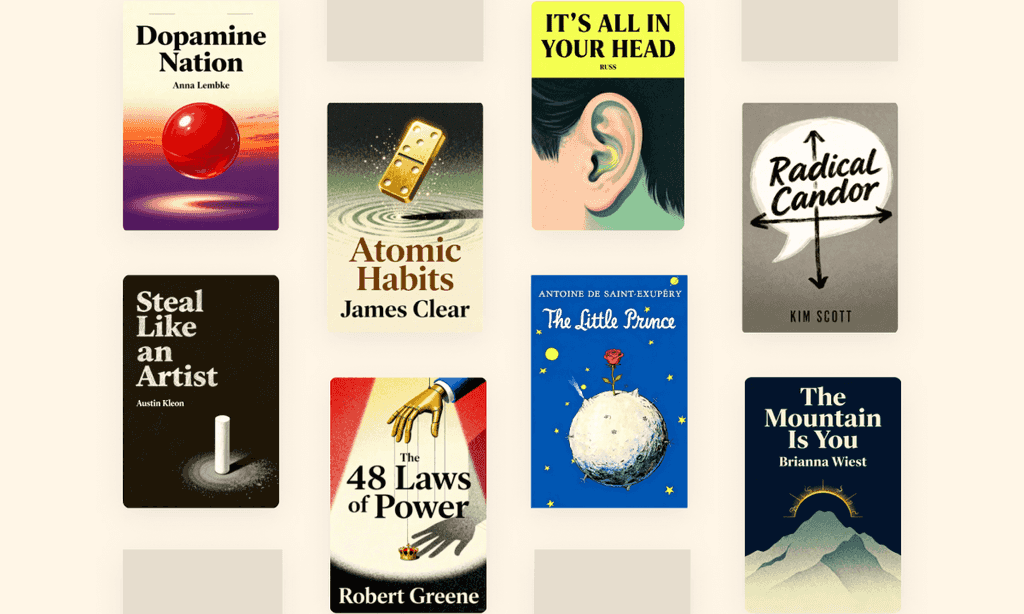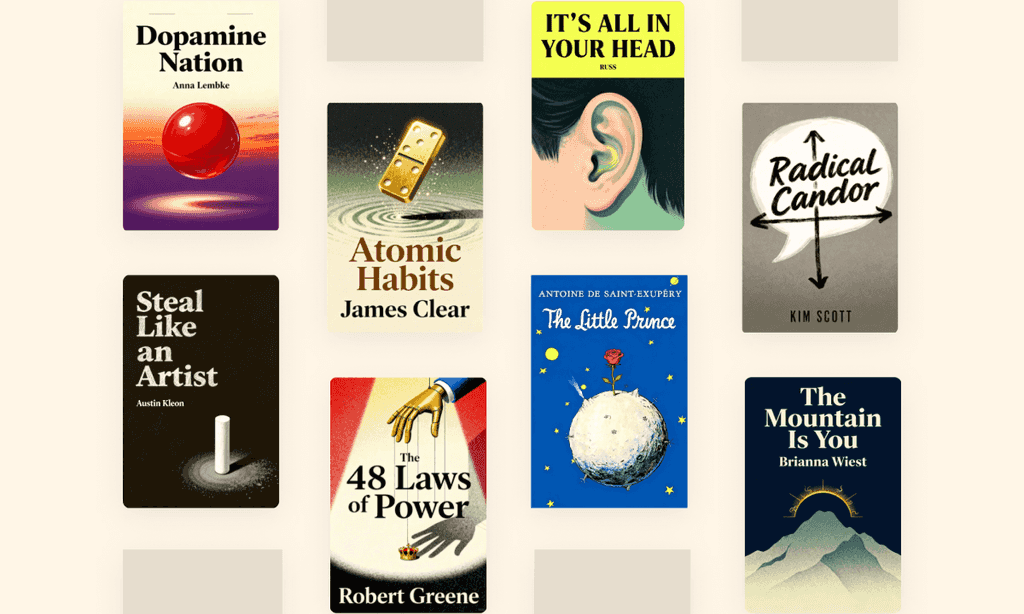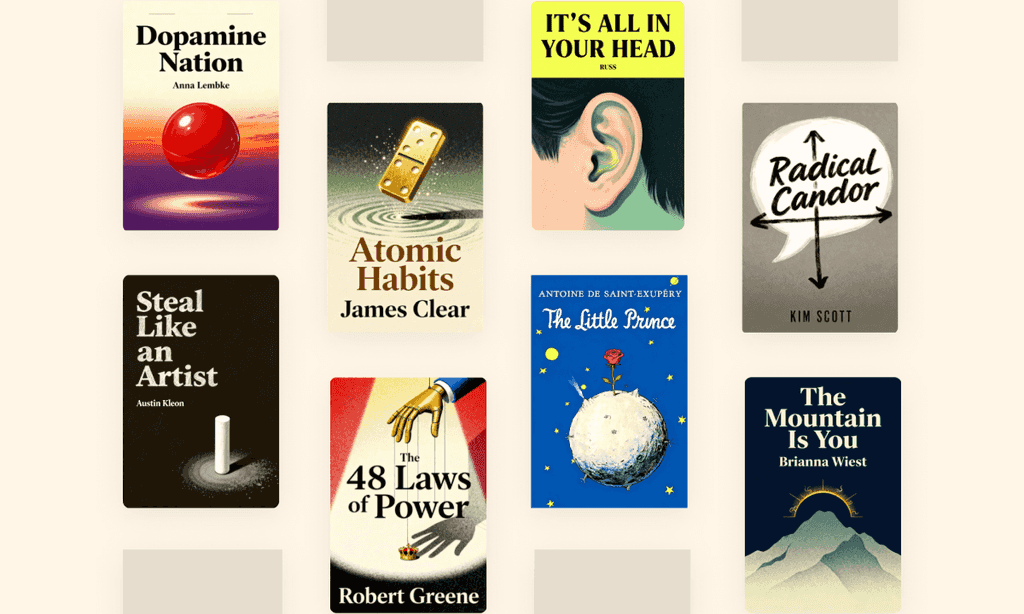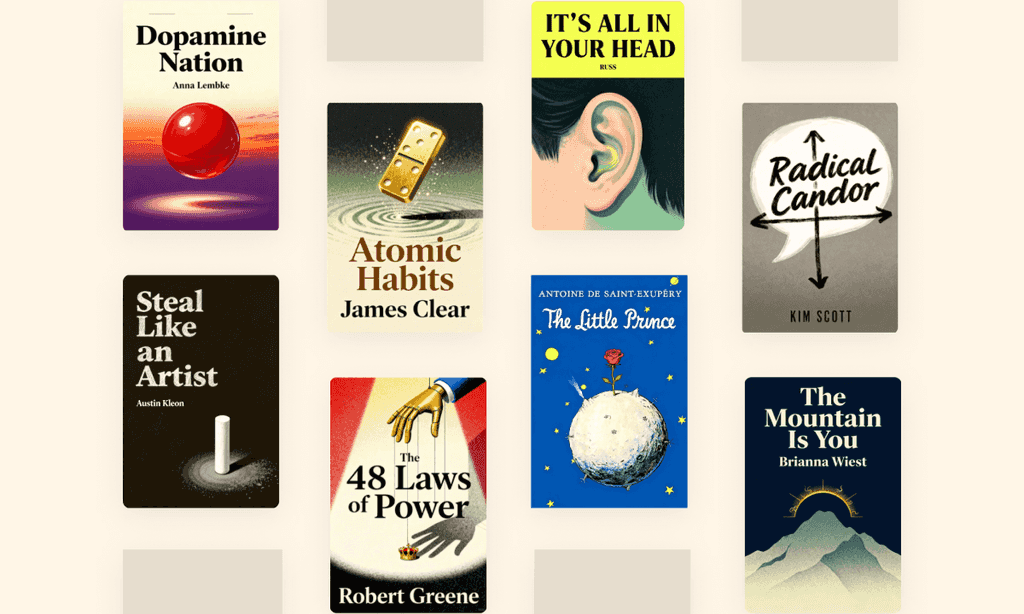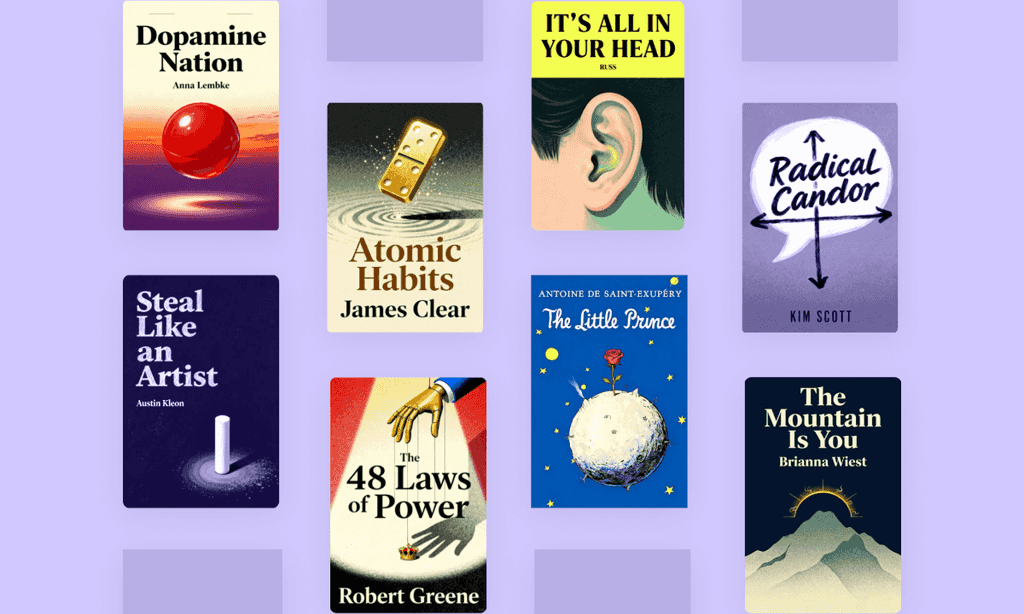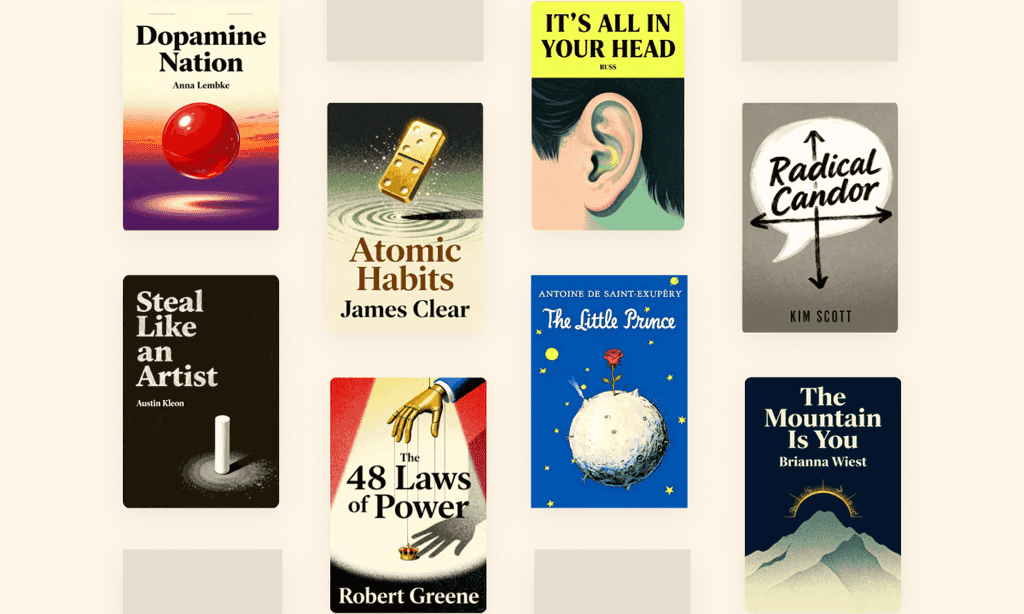Only the Paranoid Survive by Andrew S. Grove
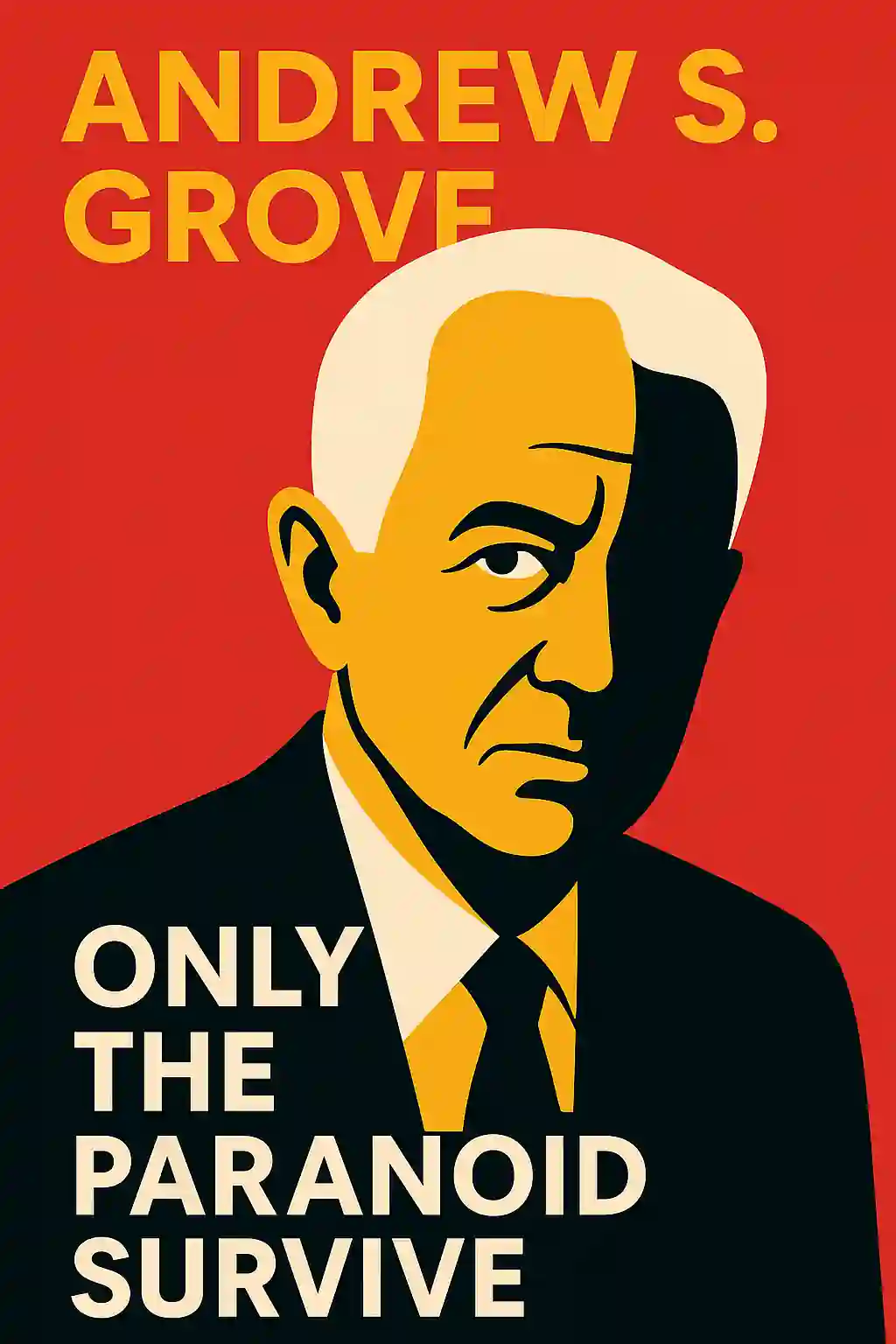
Overview of Only the Paranoid Survive
Intel's legendary CEO reveals how to detect industry-changing "Strategic Inflection Points" before they destroy your business. Steve Jobs called it "super-important" and Peter Drucker warned it's "dangerous... it will make people think." Paranoia isn't just healthy - it's essential for survival.
About its author - Andrew S. Grove
Andrew Stephen Grove (1936–2016) was a Hungarian-American business visionary and the acclaimed author of Only the Paranoid Survive, a seminal work on navigating strategic inflection points in corporate leadership.
As Intel’s transformative CEO, Grove pioneered semiconductor innovation and management practices that reshaped Silicon Valley’s tech landscape. His insights stem from steering Intel through industry upheavals, detailed in this management classic alongside his foundational book High Output Management, which remains essential reading for optimizing organizational performance.
A Holocaust survivor who fled Soviet-controlled Hungary in 1956, Grove brought relentless rigor to his Stanford Graduate School of Business teachings and writings. Honored as Time’s 1997 “Man of the Year,” his frameworks continue guiding Fortune 500 leaders and MBA programs worldwide. Only the Paranoid Survive has influenced generations of executives with its pragmatic strategies for crisis leadership and adaptive growth.
Key Takeaways of Only the Paranoid Survive
- Strategic inflection points demand total business reinvention, not incremental tweaks
- A 10X market shift requires abandoning legacy strategies for survival
- Middle managers are early warning systems for industry disruption signals
- Complacency is a silent killer once market dominance is achieved
- Embrace strategic paranoia to exploit crises as competitive advantages
- Delay pivoting during inflection points; early birds outpace latecomers
- Clear leadership direction beats perfect strategy during chaotic transitions
- Let debates flourish, then unify execution once decisions crystallize
- Career inflection points mirror business crises; self-reinvention is mandatory
- Intel's microprocessor pivot proves SIP mastery drives market dominance
- Surviving the valley of death demands visualizing post-crisis success
- Grove's law: Only the paranoid outrun relentless competition's erosion
